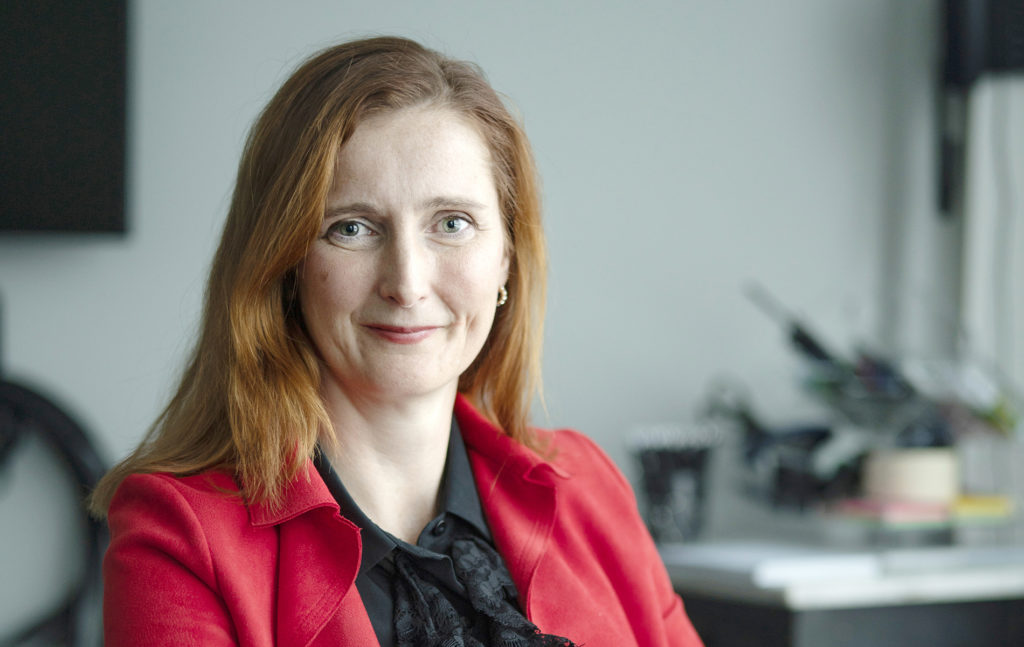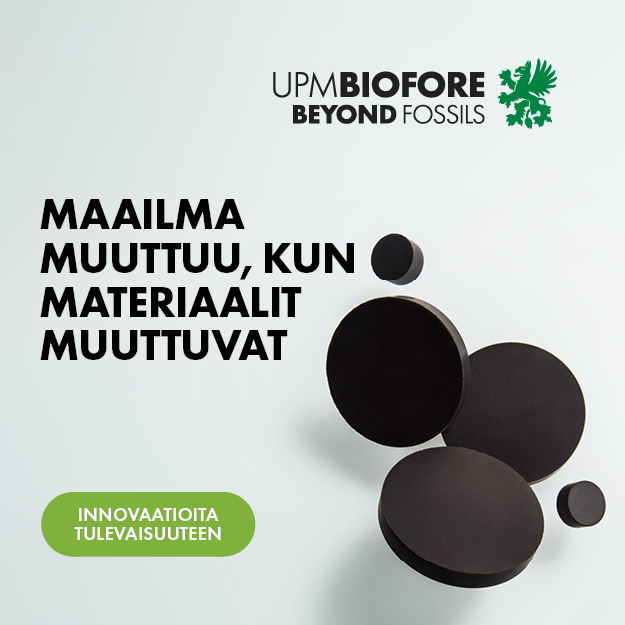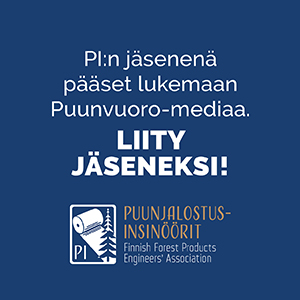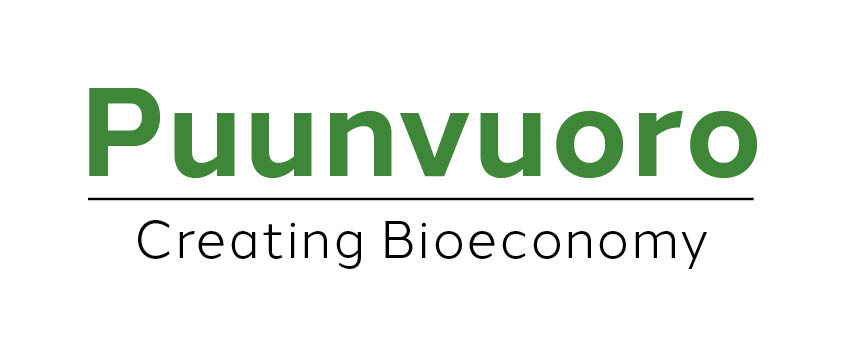Annica Bresky, President and CEO of Stora Enso, believes that protecting biodiversity and carbon sinks can be consolidated with the needs of the forest industry. With the right choices, compromise is possible.
“It’s not either–or, it’s both–and. It means focusing on sustainable forestry and carefully choosing how to use the timber. The product must also store carbon for as long as possible.”
Bresky finds it essential to protect biodiversity and mitigate climate change. She names the forest industry as a producer of solutions. The transition away from fossil materials is based on bioeconomy and forest products.
Bresky believes that it is agriculture and land use, rather than forestry, that are the main reasons for the loss of biodiversity. Many European countries have no forests left, and Bresky would like to see larger regions in Europe reforested.
“Having forests in the first place is already a much better starting point.”
Stora Enso’s timber imports from Russia ended after Russia’s invasion of Ukraine, which is why more timber is needed from other neighbouring regions. In Finland, the company’s wood procurement from private forests will increase by about one million cubic metres this year. Nevertheless, Bresky rejects the idea of the company consuming more and more timber.
“Our investment in Oulu, for example, was preceded by a decision to discontinue production in Veitsiluoto. We consider these choices very carefully.”
She believes that it is more important to produce the highest value products possible without wasting materials and making use of any surplus as well.
“Bioenergy, for example, is not the right way to use wood: you take timber and burn it. This may work in the short term but, in terms of value, it is a destructive way to use forests. The fibre should be put to use in higher-value products. Of course, there are companies that cannot do this as not every operator has the means of making full use of wood fibre.”
The choices are reflected in Stora Enso’s strategy as investments in cardboard production and timber construction. Next, the company plans to start producing lignin-based battery materials.
“What cannot be used in construction is used for packaging. We use the lignin created as a by-product of pulp production as a battery material to ensure optimal use instead of simply consuming more and more.”
The role of China
Stora Enso is selling its consumer board production site in Beihai, China. At the same time, the company has made an investment of about one billion euros in the cardboard process of the Oulu mill and acquired the corrugated cardboard packaging business of the Dutch De Jong Packaging Group. According to Bresky, China continues to play an important role in Stora Enso’s activities as the company still owns three smaller mills in the country.
“The market is large and we will continue our sales to China, but we saw better investment opportunities in Europe.”
Regulations support those who do the right things
The forest industry has expressed concern over the packaging regulations proposed by the European Commission. The regulations favour reusable packaging at the expense of recyclable options. According to Annica Bresky, Stora Enso is not worried. She believes that a forward-looking company gains a competitive advantage by acting before regulations are even set.
Bresky says that the role of regulations is not to drive development but to support the businesses that do the right things and weed out the companies that do not.
“What we need is a system that can promote investments in the recycling and reuse infrastructure so that the new requirements can be met without hindering innovation.”
In its own products, the company aims for 100% renewability and recyclability. According to Bresky, the company is not trying to find a “one-size-fits-all” solution to everything but different solutions for different purposes; some products are better for reuse while others do better with recycling.
Stora Enso is cooperating with Tetra Pak at the Ostrołęka plant to collect and recycle used beverage cartons. At the Langerbrugge plant, the company uses a recycling process to collect and reuse paper cups as a material for printing paper.
Young people drive the change
As the President and CEO of a public company, Bresky talks about the company’s future plans sparingly. She is more inclined to explain her own motivations and discuss sustainable development. She gave the interview in Oulu where she participated in the FBI Day aimed at students. When speaking to the participants, she also highlighted the same themes. She personally finds it important to be able to believe that your work has meaning.
“There must be something more than just money. For me, what is meaningful is that I am part of a group that is making a difference.”
Bresky believes that meeting students is a privilege due to the power of change they represent.
“It’s a big difference compared to when I was a student. We simply wanted a job. Young people of today want a job that is meaningful and where the values and goals of the employer are in line with their own values.”
3 x goals
For me, the most important goal is to manage a change that will reduce our dependence on fossil products. At the same time, I want to inspire the people in my organisation to act according to these values and create new solutions for the future.
In my personal life, my goal is to set an example by making choices that give my son a better future. I choose what I eat, often going for plant-based options. I buy and own fewer clothes. Thinking about your meal choices and reusing clothes are examples of changes that anyone can make.
Working from home. What the pandemic taught us is that we don’t need to travel everywhere. Working from home also gives talented people living in different regions the chance to stand out. Not everyone needs to be in the same location.
Annica Bresky
President and CEO of Stora Enso since December 2019
Education:
M.Sc. in Engineering, MBA
Family:
Husband and son
Hobbies:
Gardening, reading, scuba diving




